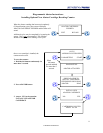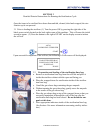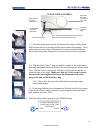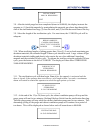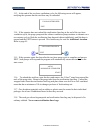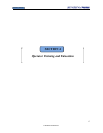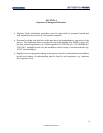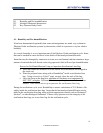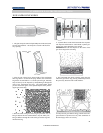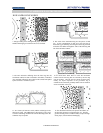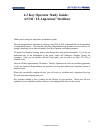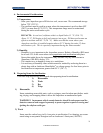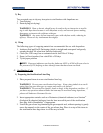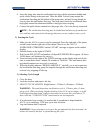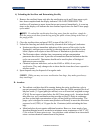
19
OWNER’S MANUAL
4.1 Humidity and Pre-humidification
4.2 Abridged Illustrated Instructions
4.3 Key Operator Study Guide
4.1. Humidity and Pre-humidification.
It has been demonstrated repeatedly that some microorganisms are made very resistant to
Ethylene Oxide sterilization systems by desiccation, which is exposure to very low relative
humidity.
As a result, humidity is a very important part of the Ethylene Oxide sterilization cycle. Items
that can be washed in water and towel or air dried will not need pre-humidification.
Items that may be damaged by immersion in water or a sterilization load that contains a large
amount of material that will absorb water (dry paper and cloth) will need pre-humidification.
Process for Pre-Humidification Using an Anprolene Sterilization Liner Bag
a. Items that cannot be immersed in water should be disassembled and wrapped in
the usual way.
b. Place the prepared items along with a Humidichip
®
inside a sterilization liner
bag. Using a twist tie or Velcro
®
strap, securely close the neck of the bag.
c. Leave the items in the bag for a minimum of four hours at a temperature of
68°F /20°C or higher
. Pre-humidification may take place outside the sterilizer
cabinet. Take caution not to rip or puncture the sterilization liner bag.
During the sterilization cycle, use a Humidichip to ensure a minimum of 35% Relative Hu-
midity inside the sterilization liner bag. Items that did not need pre-humidification can be
added to the sterilization liner bag, along with the appropriate controls such as Dosimeter
®
,
Steritest
®
, or other Biological Indicators. If there is any question as to the integrity of the
sterilization liner bag, use a new liner bag for the sterilization cycle.
© Andersen Products Ltd



